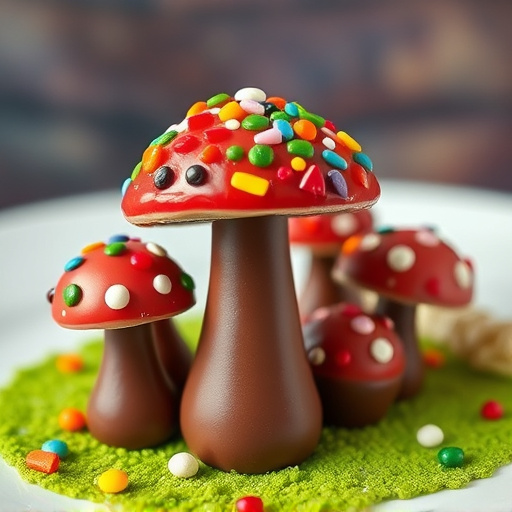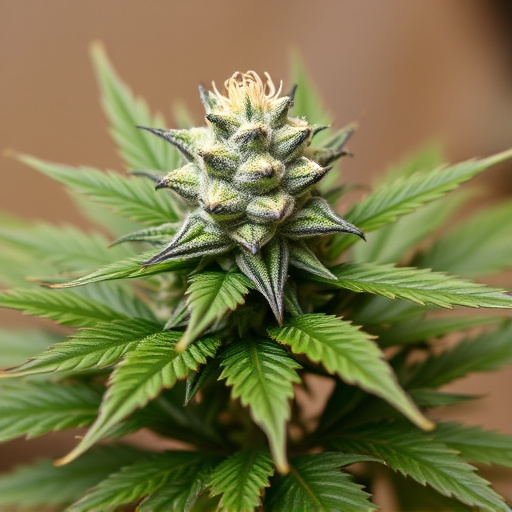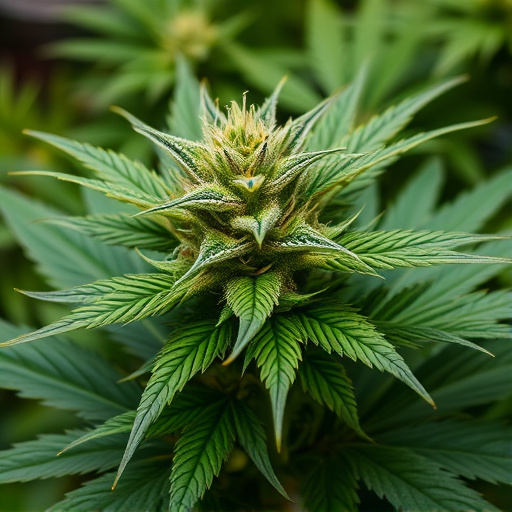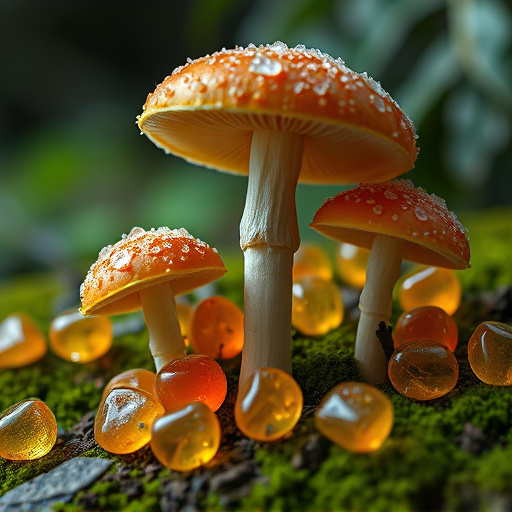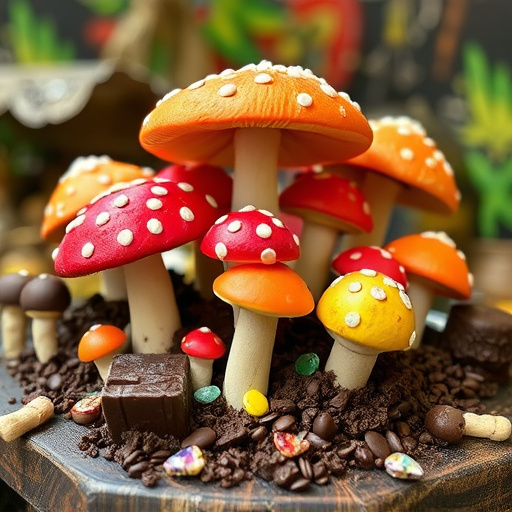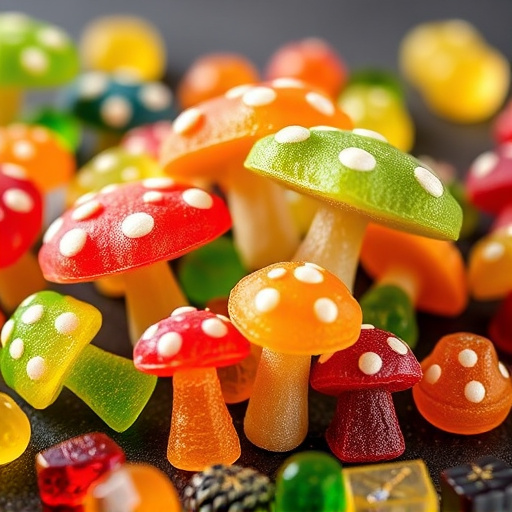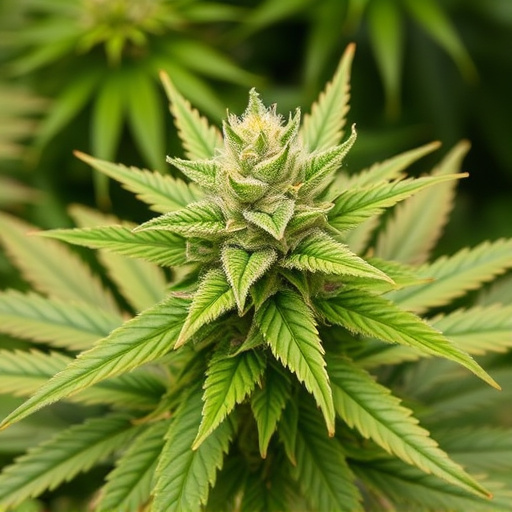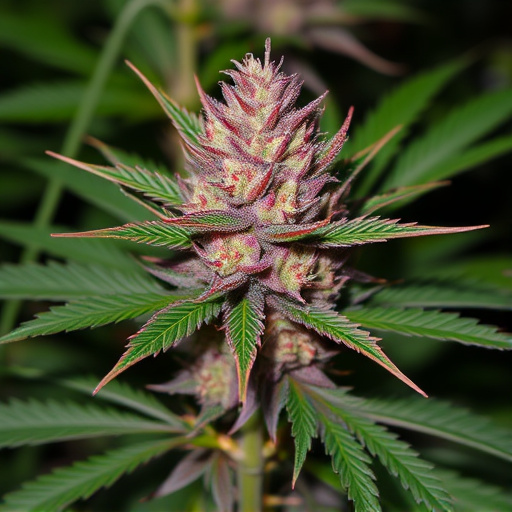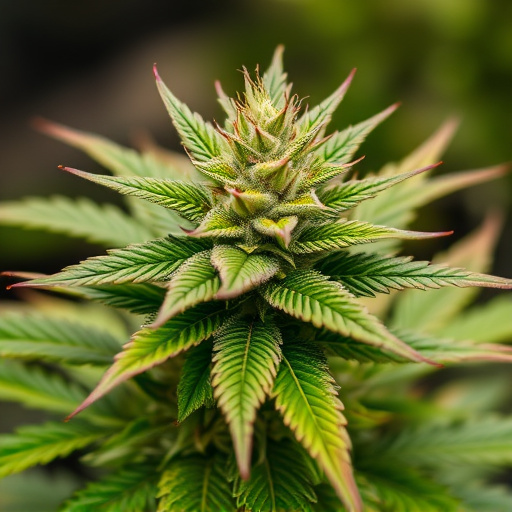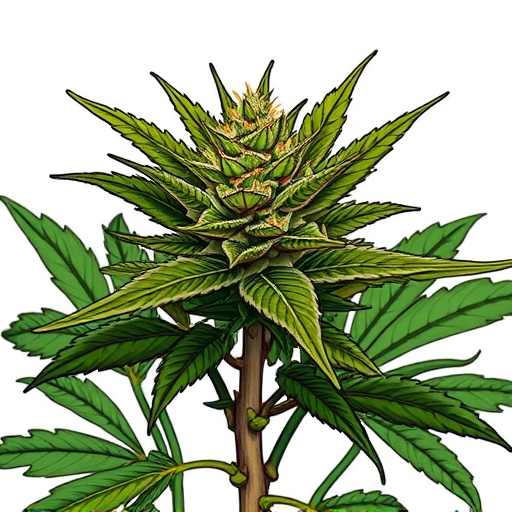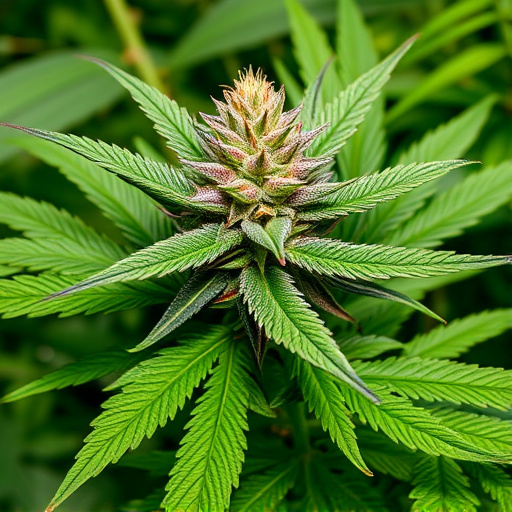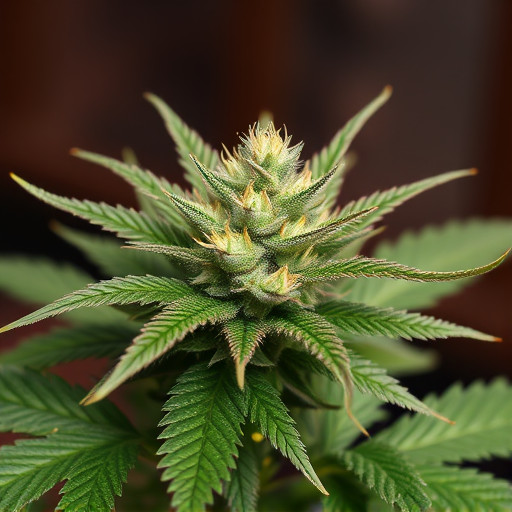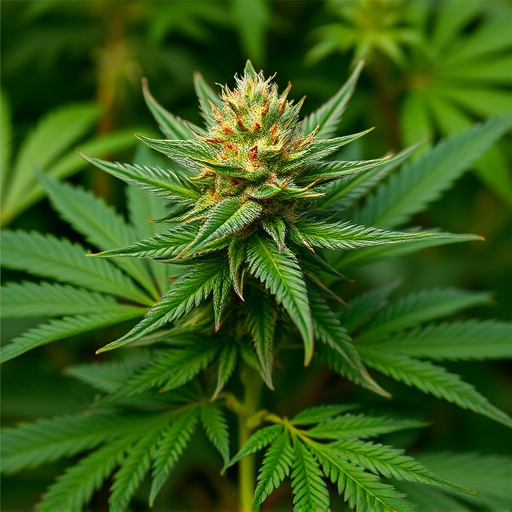Hawaiian cannabis strains thrive in warm (70-85°F/21-29°C), humid (60-70%) conditions with ample sunlight or grow lights, and CO2 supplementation. Maintaining ideal temperature (70-85°F/21-29°C) and humidity (40-60%) levels preserves their potency and distinctive aromas. Lighting, whether natural or artificial, plays a crucial role in indoor and outdoor cultivation, with a 12/12 light cycle for flowering. Proper lighting management ensures these tropical strains retain their unique flavors and aromas, appealing to cannabis enthusiasts.
Keeping Hawaiian cannabis strains potent and aromatic requires a nuanced approach to cultivation. This comprehensive guide delves into the optimal growing conditions these varieties thrive in, from temperature control and lighting requirements to advanced techniques like CO2 enrichment. We explore nutrient management, emphasizing the role of soil health and pH levels in maximizing potency. Additionally, we cover flowering stage care, including pruning methods and post-harvest practices, ensuring your Hawaiian cannabis retains its distinctive aroma and effectiveness.
- Optimal Growing Conditions for Hawaiian Cannabis Strains
- – Temperature and humidity control
- – Lighting requirements for indoor and outdoor growing
Optimal Growing Conditions for Hawaiian Cannabis Strains

Hawaiian cannabis strains, known for their potent aromas and unique flavors, thrive under specific growing conditions. To maintain their optimal potency and aromatic profile, growers should focus on several key factors. Firstly, these strains prefer a warm and humid climate, mimicking their tropical origins. Maintaining a consistent temperature between 70-85°F (21-29°C) during the vegetative phase ensures robust growth and maximum cannabinoid production. Humidity levels should be kept between 60-70%, allowing for optimal terpene development.
Additionally, Hawaiian cannabis strains benefit from ample sunlight exposure. Growers can achieve this through strategic placement near south-facing windows or by utilizing grow lights that replicate natural sunlight. Adequate carbon dioxide (CO2) supplementation also plays a crucial role in enhancing both potency and yield. Regular feeding with nutrient-rich solutions ensures plants receive the essential elements for robust, aromatic flowering.
– Temperature and humidity control
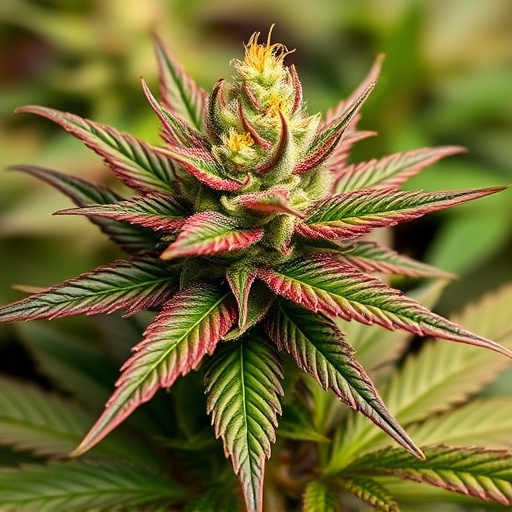
Maintaining optimal temperature and humidity levels is crucial for preserving the potency and aromatic qualities of your Hawaiian cannabis strains. These delicate plants thrive in a controlled environment, mimicking their natural tropical origins. For indoor cultivation, aim for a consistent temperature range between 70-85°F (21-29°C) during the day and slightly cooler nights, typically around 65-72°F (18-22°C). This variation emulates the natural day-night cycle, promoting robust growth.
Humidity control is equally vital. Hawaiian cannabis varieties are accustomed to a humid climate, so maintaining relative humidity levels between 40-60% will ensure optimal conditions. You can adjust humidity using specialized equipment like humidifiers or dehumidifiers, depending on your grow room’s natural conditions. Proper temperature and humidity management not only preserves the plants’ potency but also enhances their unique aromatic profiles, resulting in a more desirable and enjoyable final product for Hawaiian cannabis strain enthusiasts.
– Lighting requirements for indoor and outdoor growing
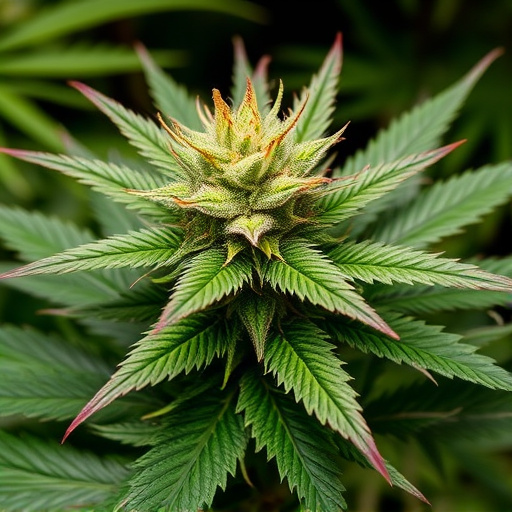
Cannabis plants, especially Hawaiian cannabis strains known for their potent and aromatic properties, require meticulous care to maintain optimal potency and fragrance. Lighting plays a pivotal role in this process. For indoor growers, utilizing High-Intensity Discharge (HID) lamps or Light Emitting Diodes (LEDs) is essential. These lights mimic the natural sunlight spectrum, ensuring plants receive the right balance of red and blue light for robust growth and vibrant terpene production. Maintaining a 12/12 light cycle—12 hours of light followed by 12 hours of darkness—is crucial for flowering, as it triggers the plant’s natural blooming process, resulting in dense, aromatic buds.
Outdoor growers benefit from access to full spectrum sunlight, which is naturally rich in both red and blue light. However, controlling the light duration still matters. Similar to indoor setups, maintaining a 12-hour light cycle promotes healthy flowering. In outdoor settings, the intensity of direct sunlight fluctuates throughout the day, so ensuring consistent lighting conditions within the grow area is vital. Proper lighting management not only influences bud development but also contributes significantly to preserving the sought-after flavors and aromas that make Hawaiian cannabis strains so desirable among enthusiasts.
To maintain the potency and aromatic qualities of your Hawaiian cannabis strains, creating the ideal growing environment is key. By carefully controlling temperature and humidity, and ensuring adequate lighting both indoors and outdoors, you can foster robust plants with vibrant, potent flowers. Remember, optimal conditions lead to superior results, so pay close attention to these factors for the best harvests of delicious and effective Hawaiian cannabis.
